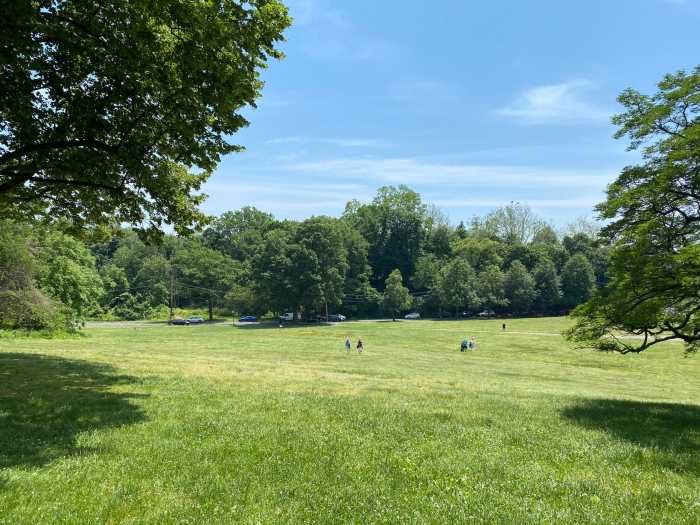Flushing Bowne House, one of New York City’s oldest buildings, is one of just 27 buildings selected from among thousands that tell the story of New York City’s history in a new book entitled, “A History of New York in 27 Buildings: The Four Hundred-Year Untold Story of an American Metropolis” by New York Times writer Sam Roberts.
Described as “a love letter to the Big Apple,” the book was released in October by Bloomsbury Publishing and focuses on 27 buildings — both famous and relatively unknown — that have contributed to the rich history of a city nearing its 400th anniversary.
Among the handful of buildings featured is Flushing Bowne House, the only structure in Queens included among others such as the Domino Sugar Factory in Brooklyn, Harlem’s Apollo Theater, and the Flatiron Building and St. Paul’s Chapel in Manhattan.
“We are absolutely thrilled. It’s great news and not only are we in the book, we are number one which makes Queens number one in the book,” said Rosemary Vietor, vice president of the House Board of Trustees.
Roberts’ book opens with a chapter devoted to Bowne House. The 1661 rural farmhouse is now a museum, located at 37-01 Bowne St., attracting visitors from around the world and exists today in what has been described as the most diverse community in the world.
Home to nine generations of an English family, Bowne House was built by family patriarch, John Bowne, who emigrated from England to Boston in 1649 and eventually settled in Flushing when New York was under Dutch rule. Over the course of 300 years, the family left its mark on American culture, participating in the events of both regional and national significance. Bowne’s defense of religious freedom led to the creation of the principles later codified in the Bill of Rights, the first ten amendments of the United States Constitution.
Today, The Bowne House Historical Society offers tours and special events throughout the year for the general public as well as customized tours for students of all ages. Most of the approximately 5,000 objects in the Museum’s collection are original to the House; a rarity found in few cultural institutions open to the public. On view are fine examples of English and American furniture and decorative art, paintings, textiles, costumes, household artifacts, rare books and manuscripts, and toys.
“It’s highly unusual for a house to have its original furnishings remain, and that is another thing that makes us interesting,” Vietor said. “When you visit the house you will see furnishings from the early 17th, 18th and 19th centuries.”
The Bowne House will be participating in this year’s Holiday House Tour on Sunday, Dec. 8, and for the very first time, an antique dollhouse that has been stored off-site for 20 years will be on display.



































